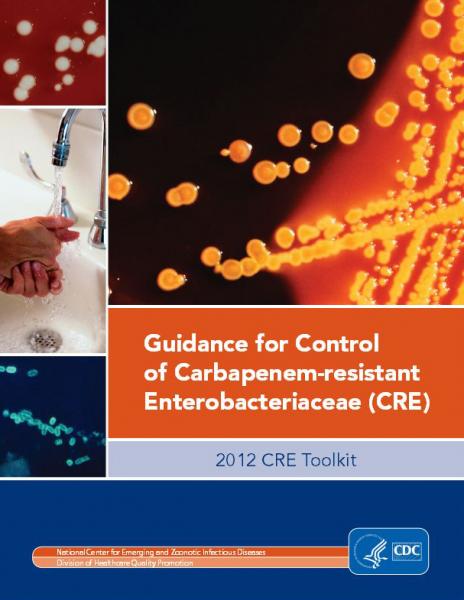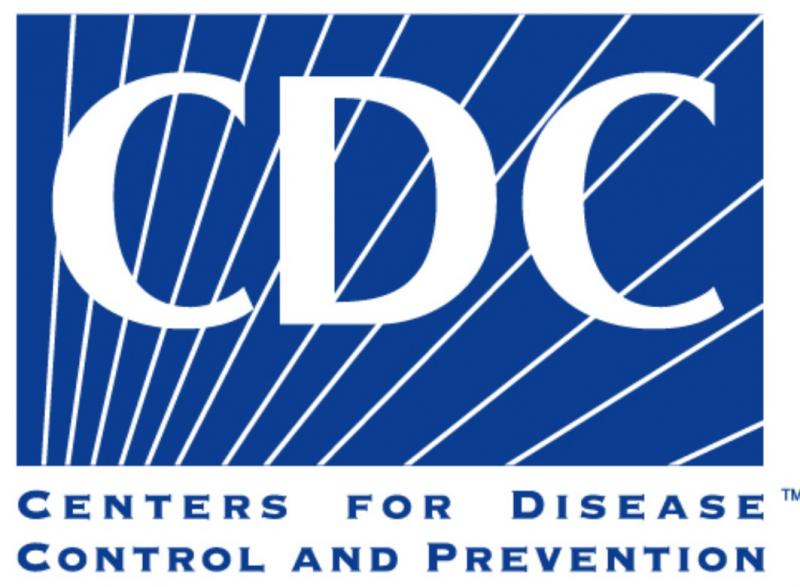You are here
CDC - Patients Face More Lethal Infections from CRE
Wed, 2013-03-06 18:38 — Kathy Gilbeaux

Centers for Disease Control and Prevention (CDC)
Some germs are beating even our strongest antibiotics. Rapid action by clinicians and healthcare leaders is needed to stop the rise of lethal CRE infections.
A new Vital Signs report shows that antibiotics are being overpowered by lethal germs called carbapenem-resistant Enterobacteriaceae (CRE).These germs cause lethal infections in patients receiving inpatient medical care, such as in hospitals, long-term acute care facilities, and nursing homes.
In their usual forms, germs from the Enterobacteriaceae family (e.g. E. coli) are a normal part of the human digestive system. However, some of these germs have developed defenses to fight off all or almost all antibiotics we have today.When these germs get into the blood, bladder or other areas where germs don’t belong, patients suffer from infections that are difficult, and sometimes impossible, to treat.
While CDC has warned about CRE for more than a decade, new information shows that these germs are now becoming more common. One type of CRE has been detected in medical facilities in 42 states. Even more concerning, this report documents a seven-fold increase in the spread of the most common type of CRE during the past 10 years.
Why are CRE so alarming?
Even though these infections are not common, their rise is alarming because they kill up to half of people who get severe infections from them. In addition to causing lethal infections among patients, CRE are especially good at giving their antibiotic-fighting abilities to other kinds of germs.This means that in the near future, more bacteria will become immune to treatment, and more patients’ lives could be at risk from routine bladder or wound infections. Without serious efforts to stop CRE in medical facilities, and without rapid improvement in the way doctors everywhere prescribe antibiotics, CRE will likely become a problem in the community, among otherwise healthy people not receiving medical care.
How can CRE be stopped?
There have been major successes in stopping CRE in medical facilities in the United States, and nationally in other countries. Stopping CRE will take a rapid, coordinated, and aggressive "Detect and Protect" action that includes intense infection prevention work and antibiotic prescribing changes. CDC released a CRE prevention toolkit in 2012 reiterating practical CRE prevention and control steps. Leadership and medical staff in hospitals, long-term acute care hospitals, nursing homes, health departments, and even outpatient practices must work together to implement these recommendations to protect patients from CRE.
http://www.cdc.gov/features/vitalsigns/hai/cre/index.html
Guidance for Control of Carbapenem-resistant Enterobacteriaceae (CRE) - (32 page .PDF report)
http://www.cdc.gov/hai/pdfs/cre/CRE-guidance-508.pdf
2012 CRE Toolkit - Guidance for Control of Carbapenem-resistant Enterobacteriaceae (CRE)
http://www.cdc.gov/hai/organisms/cre/cre-toolkit/index.html
CDC - Stop Infections from Lethal CRE Germs Now
http://www.cdc.gov/vitalsigns/HAI/CRE/index.html

Recent Comments